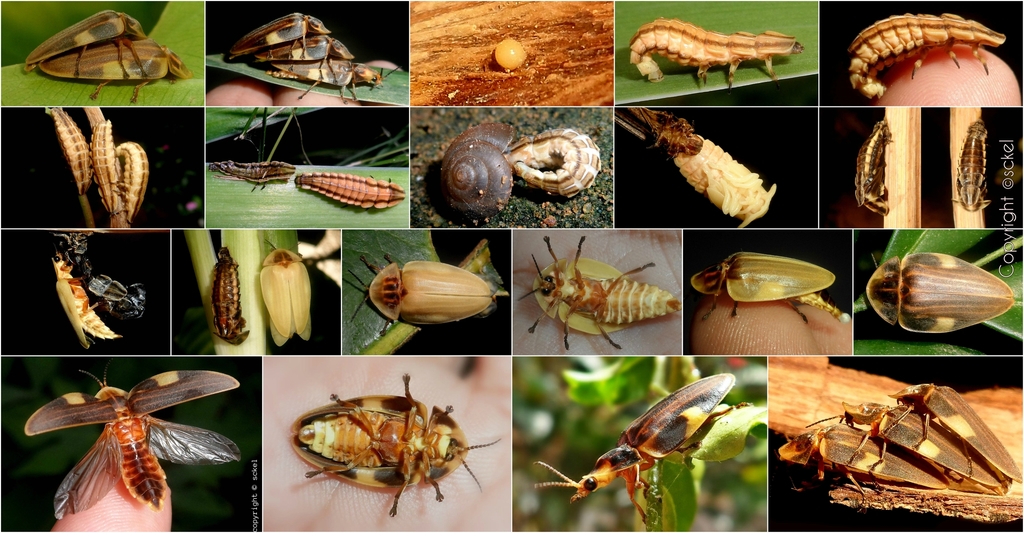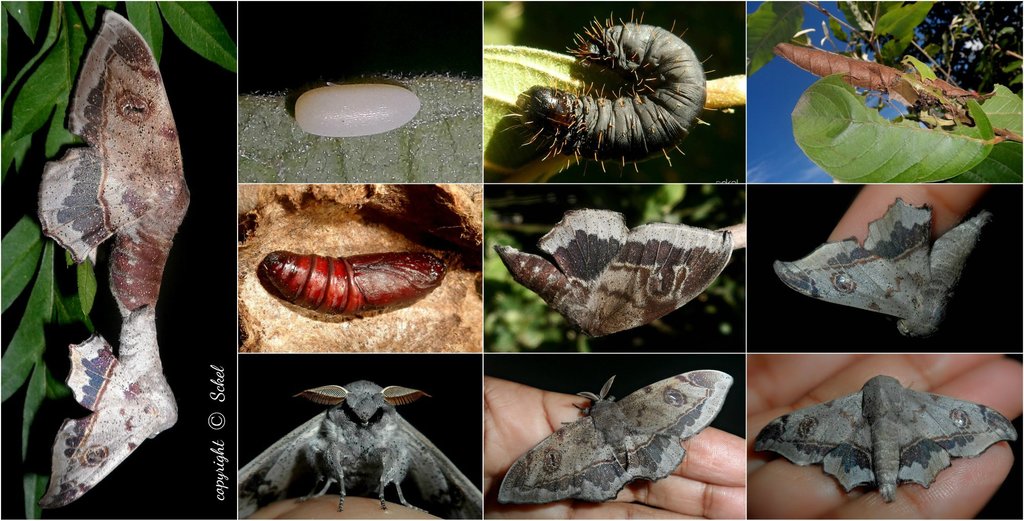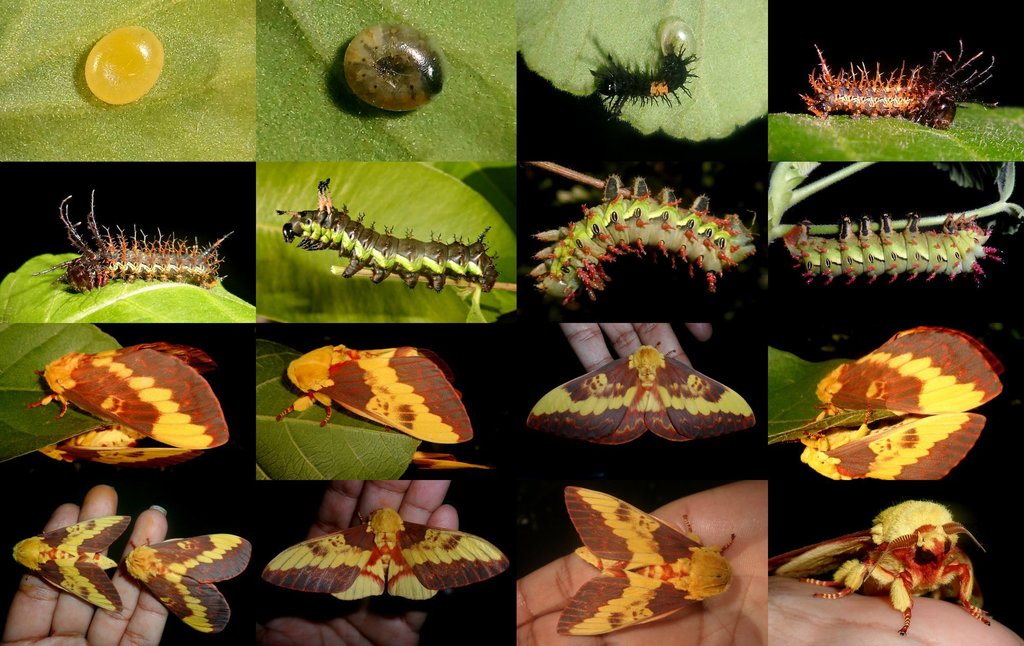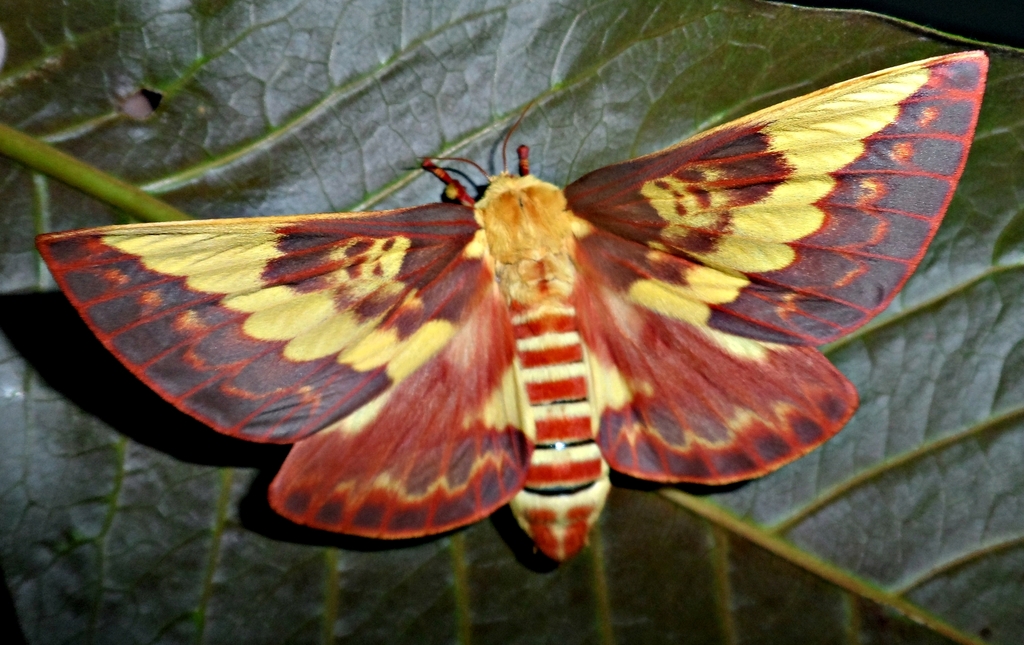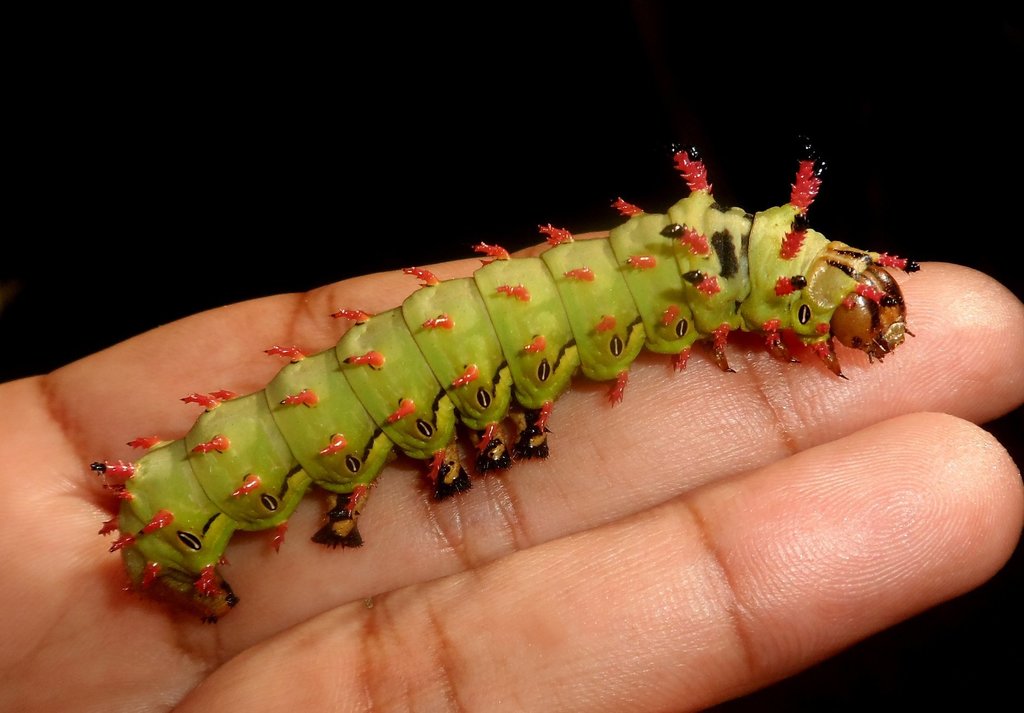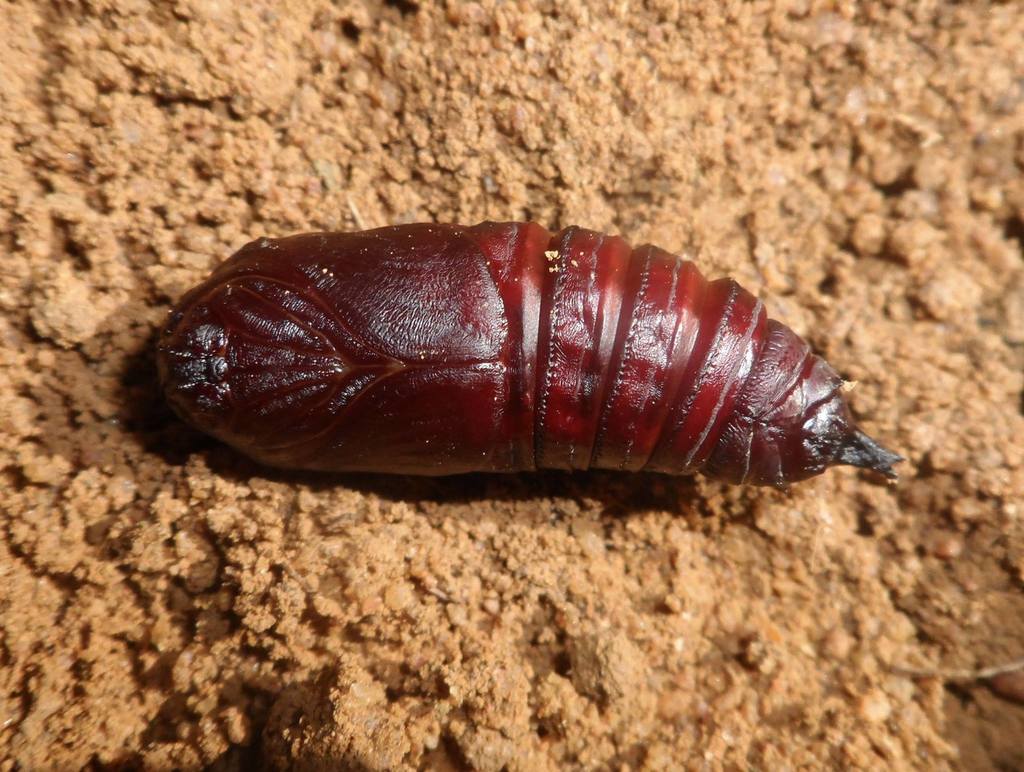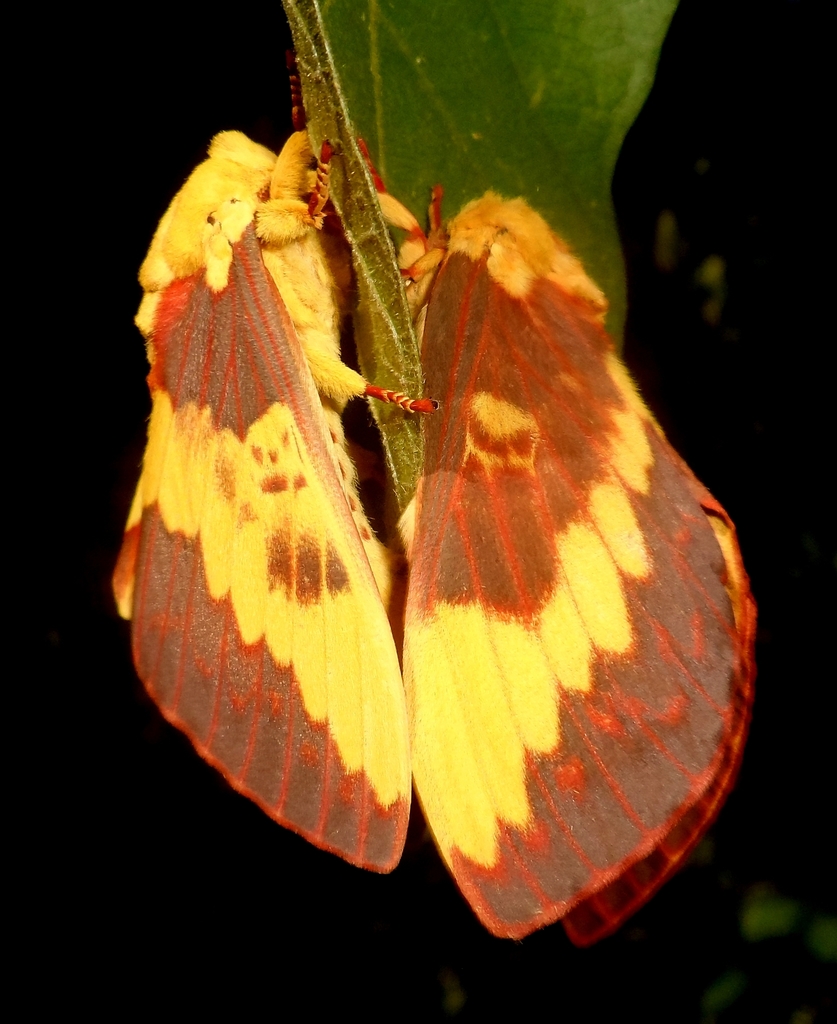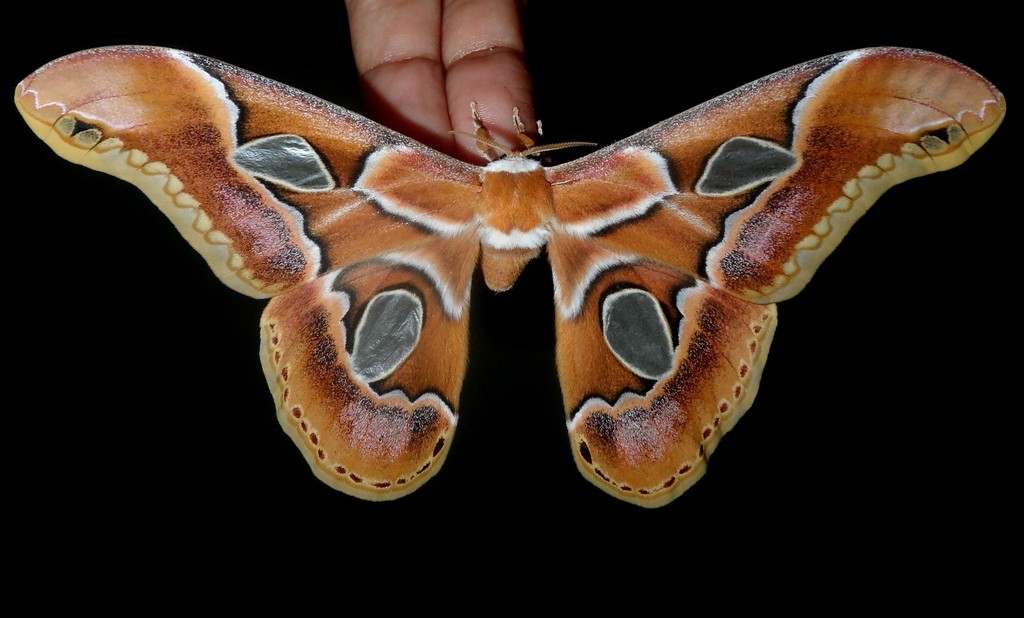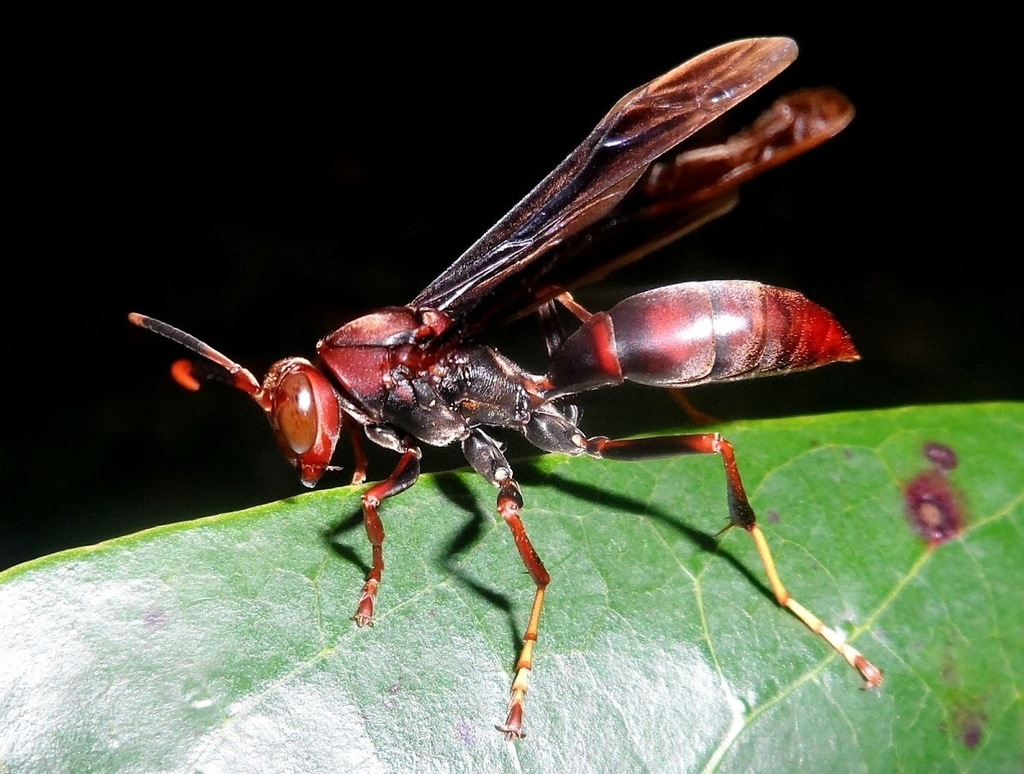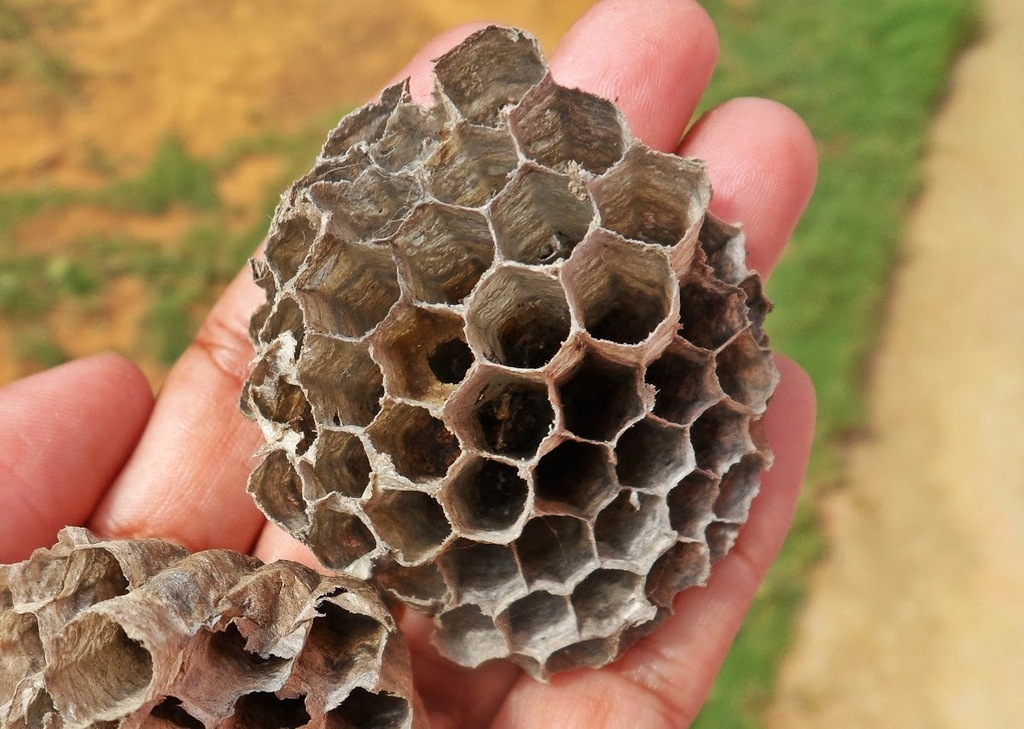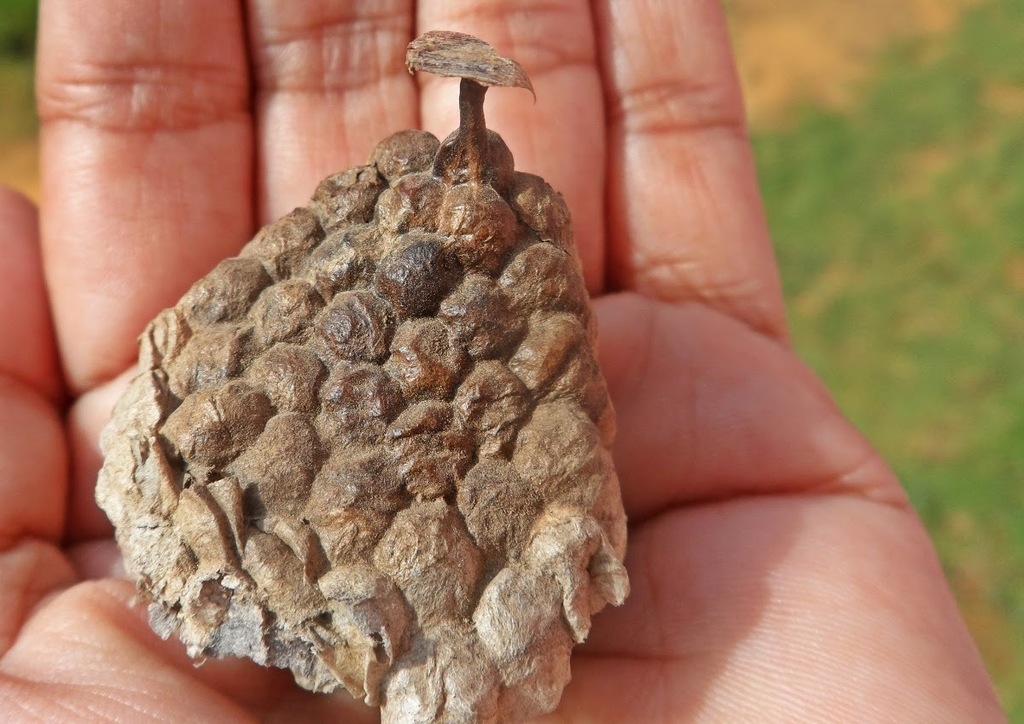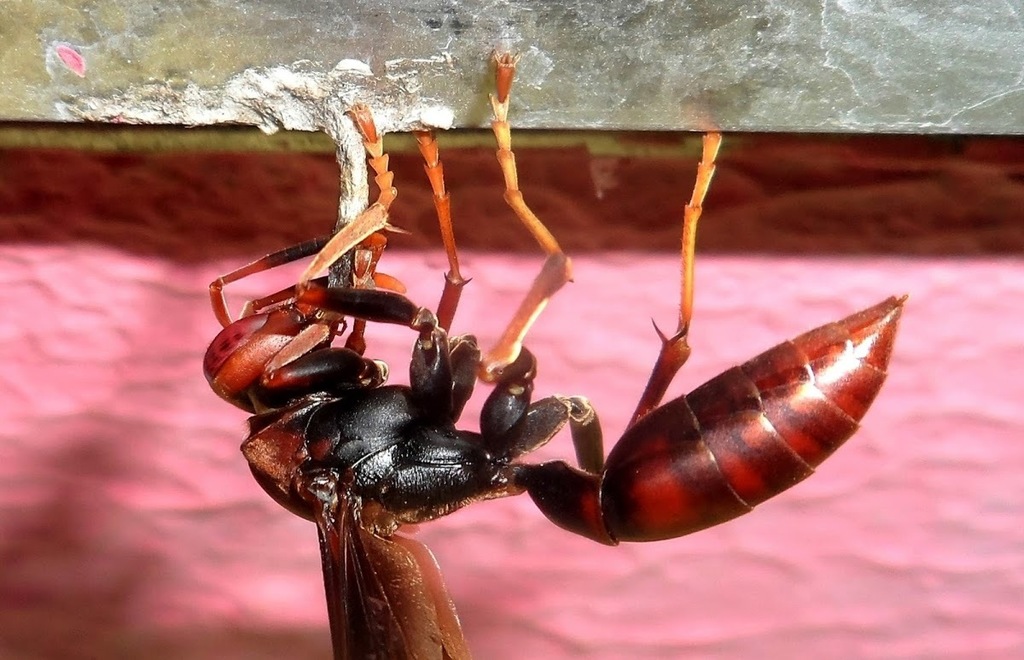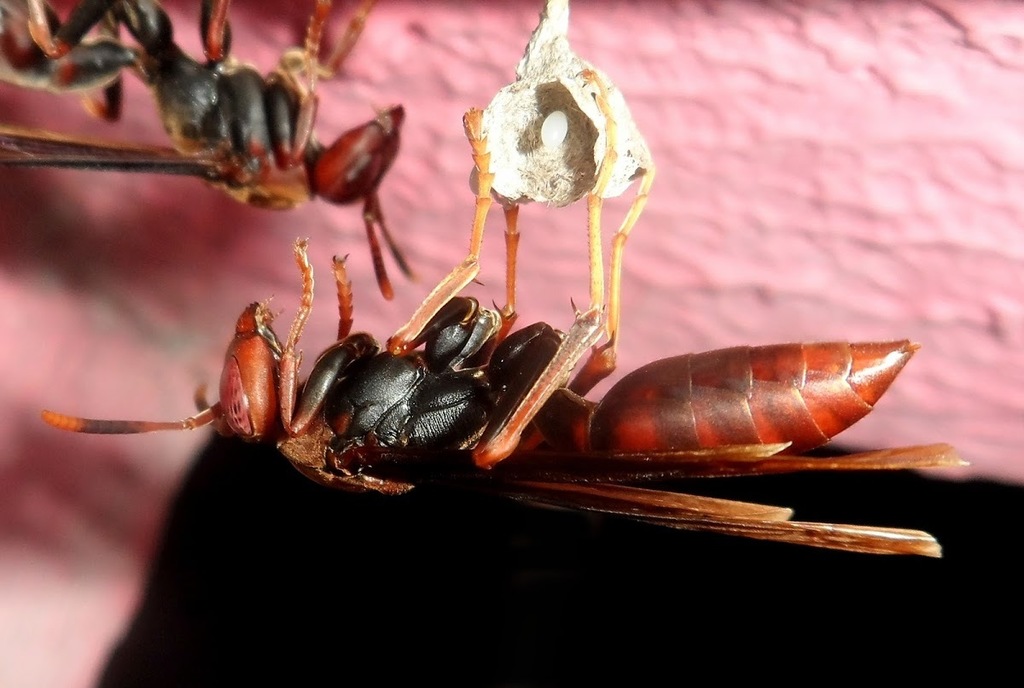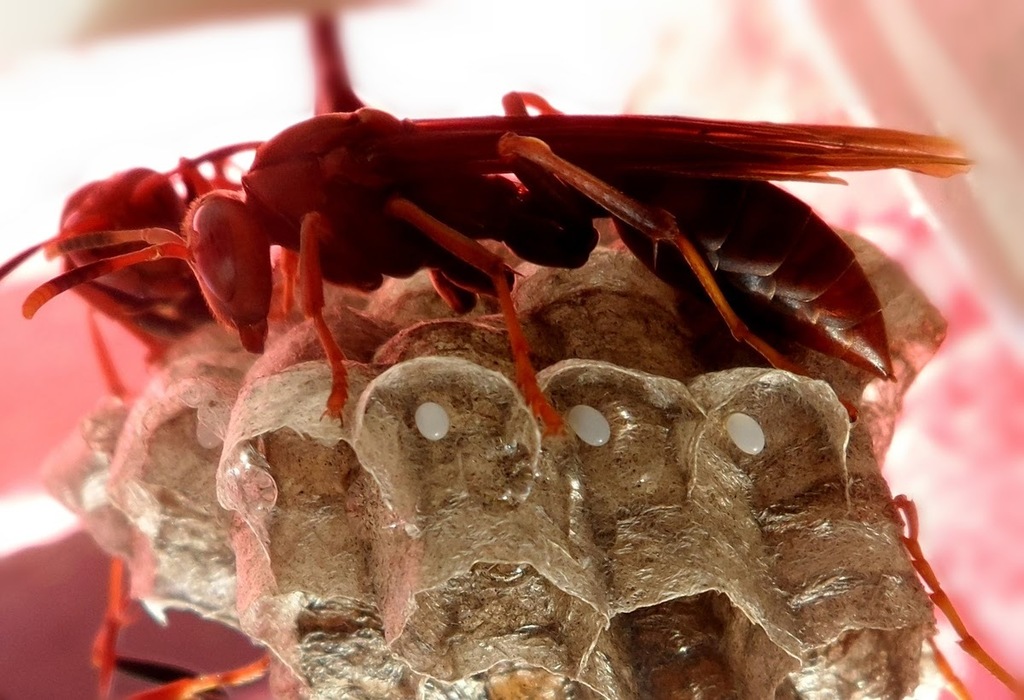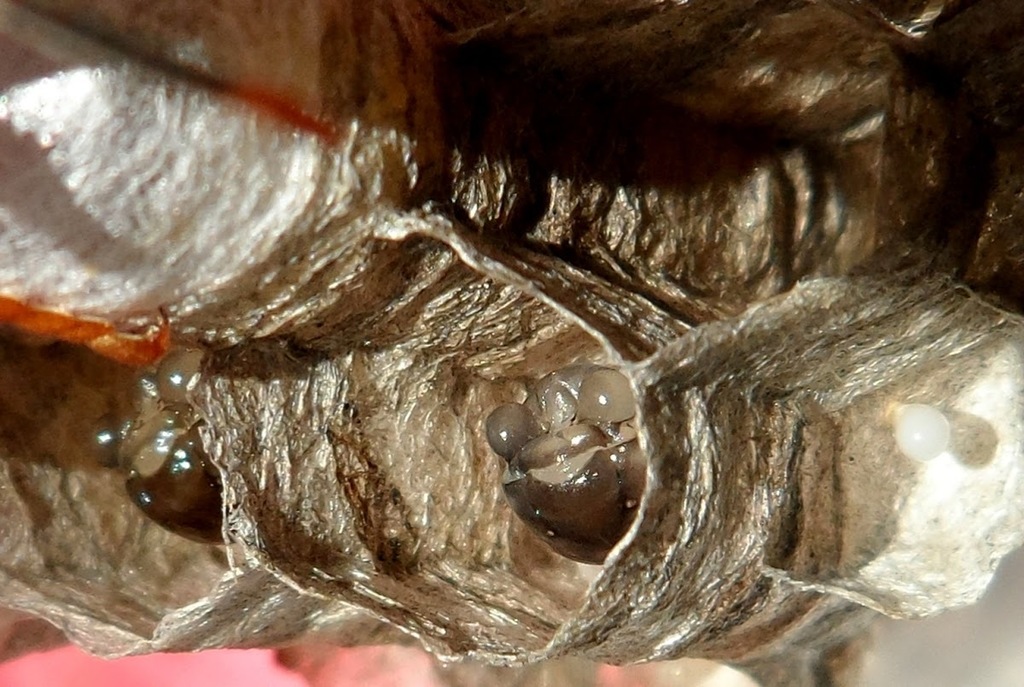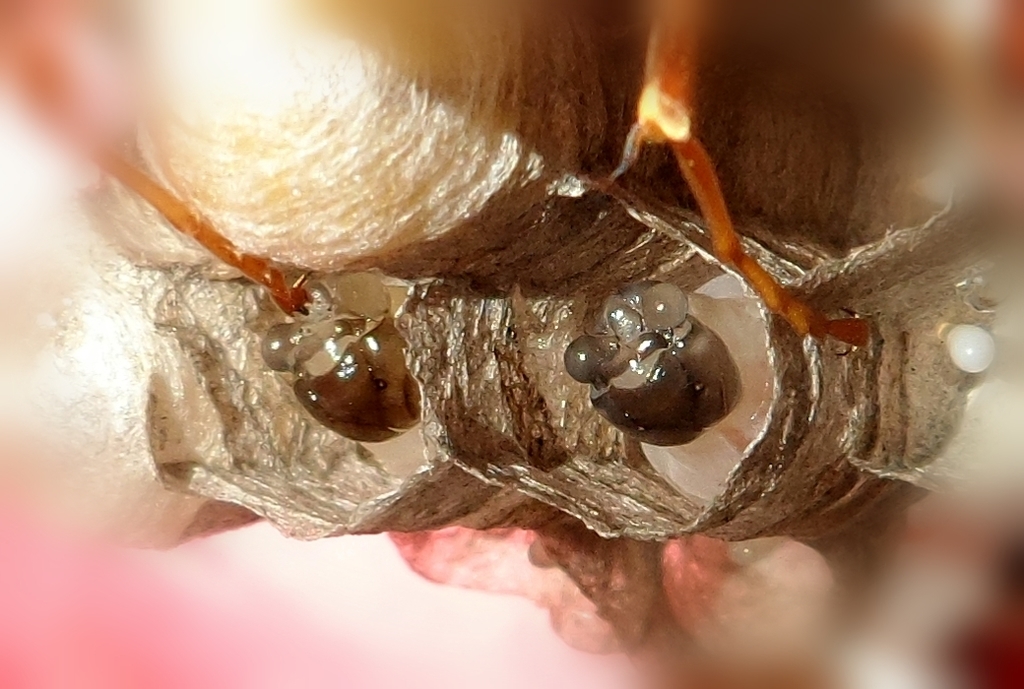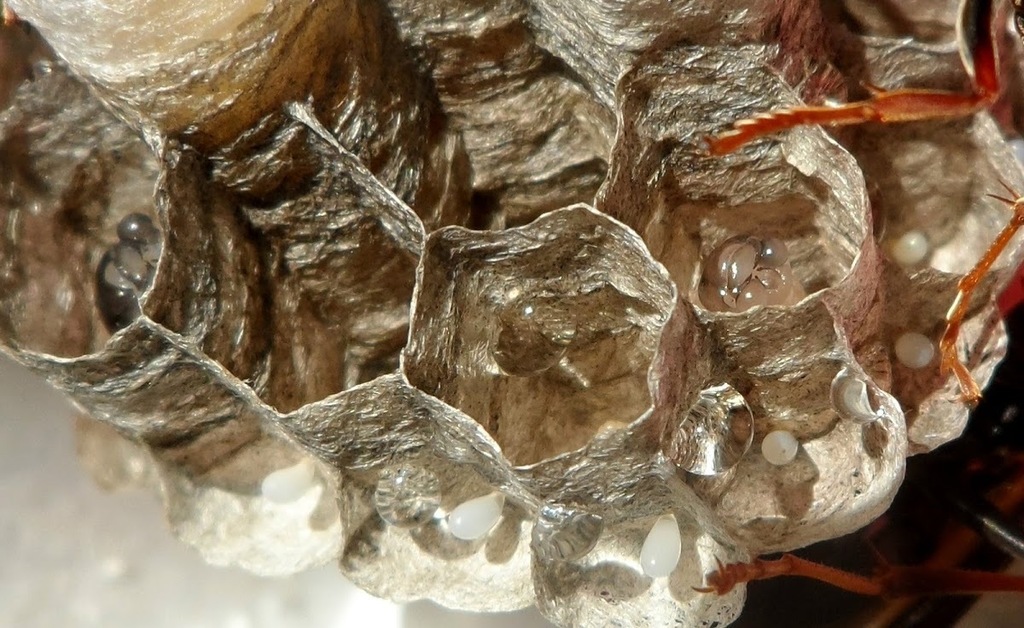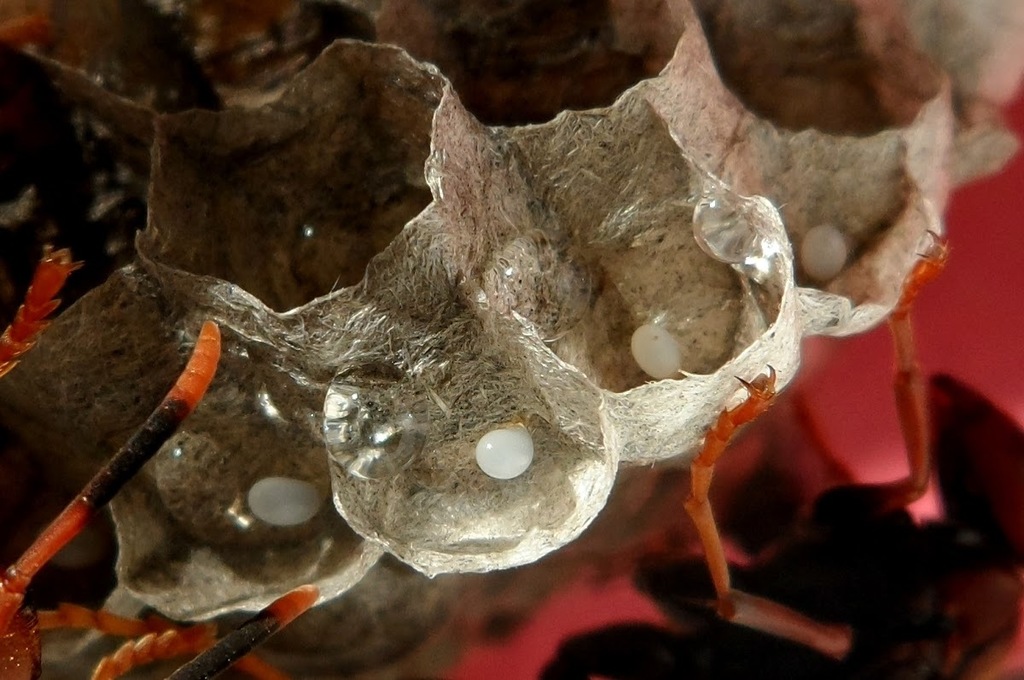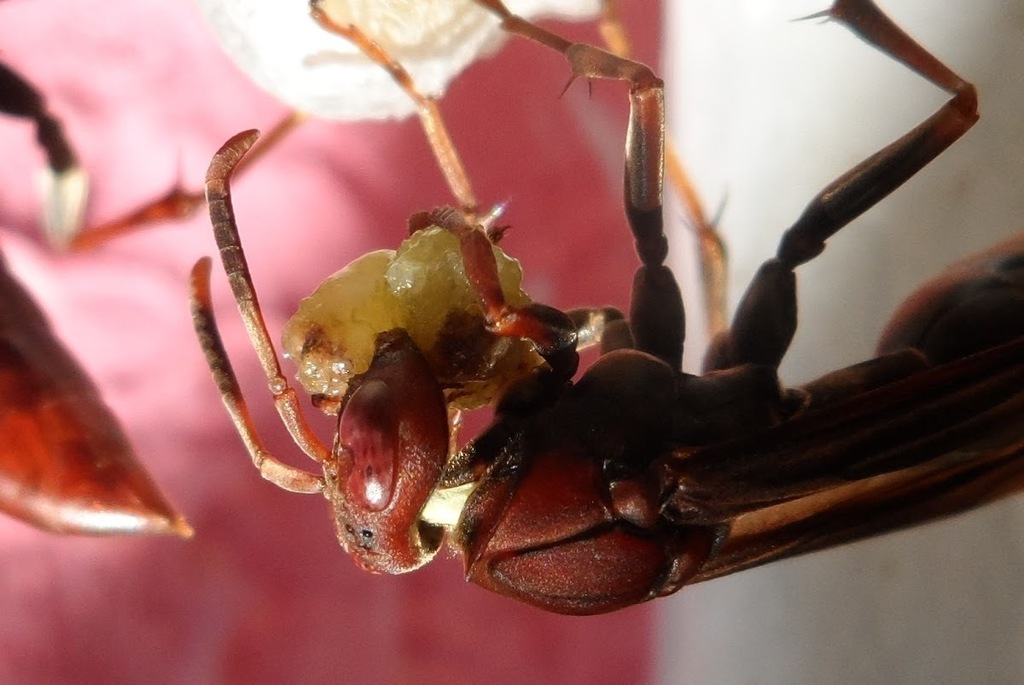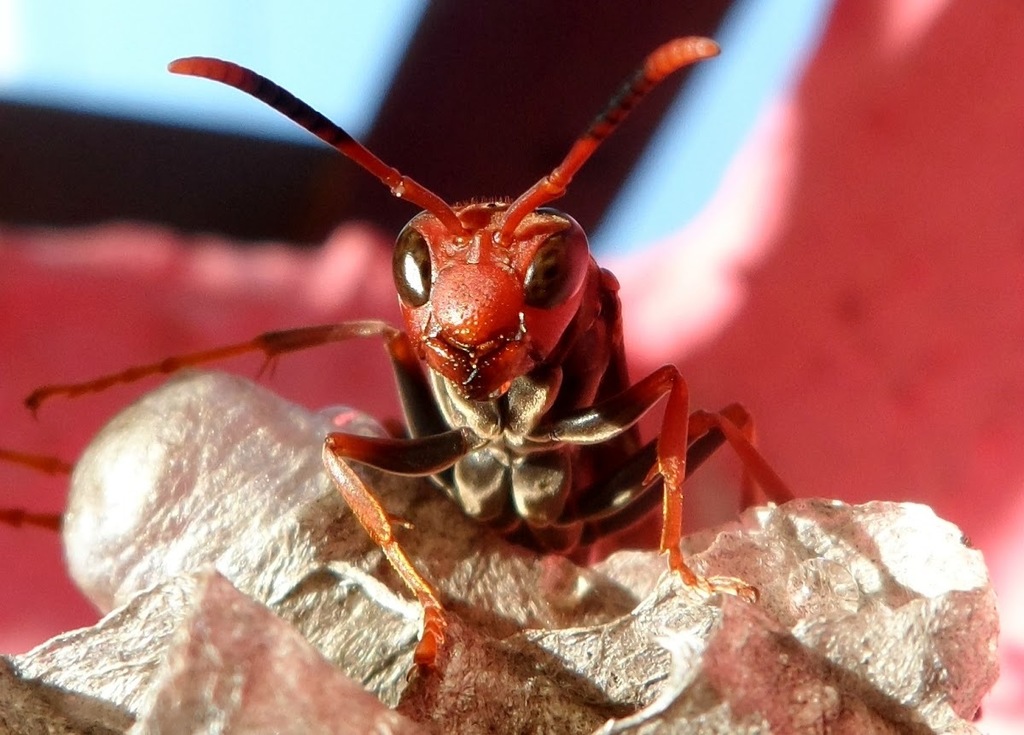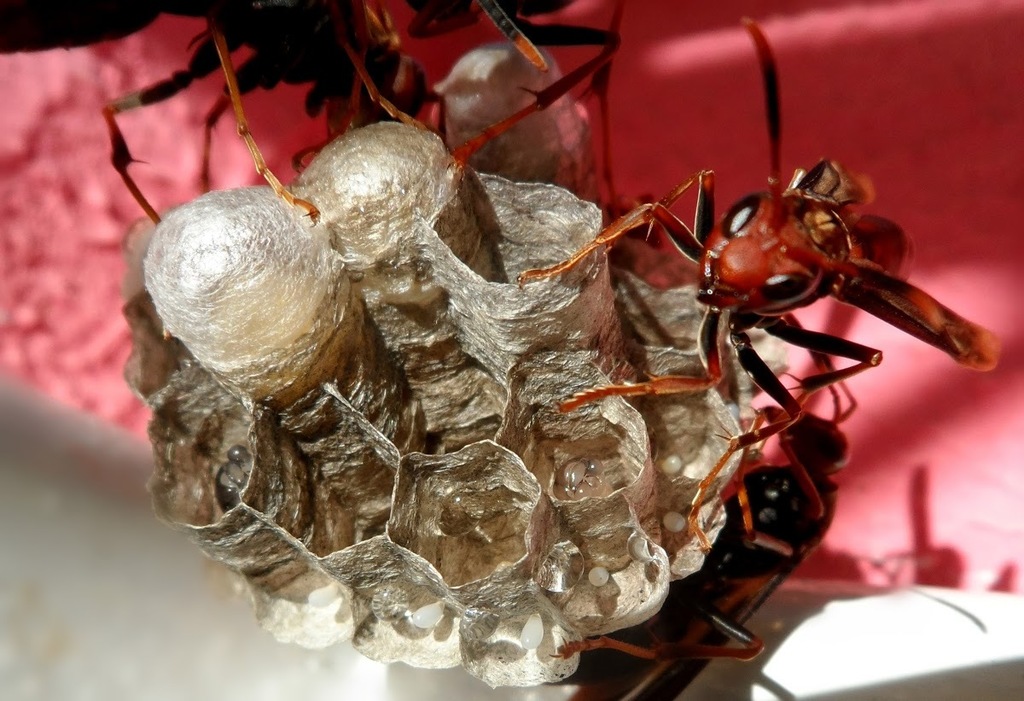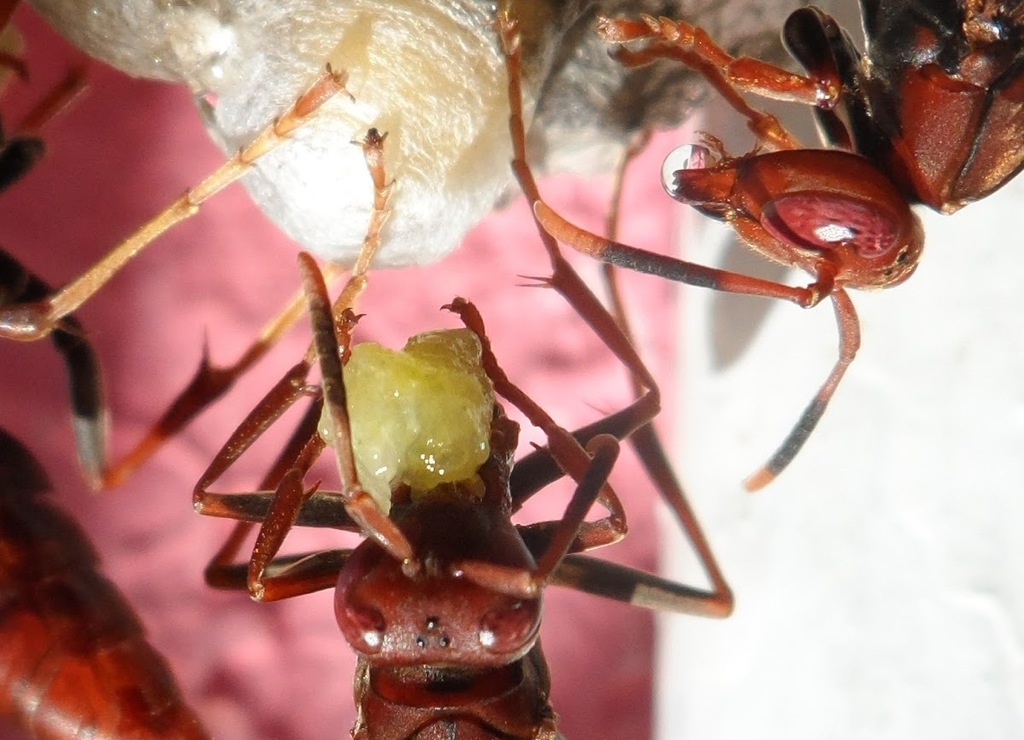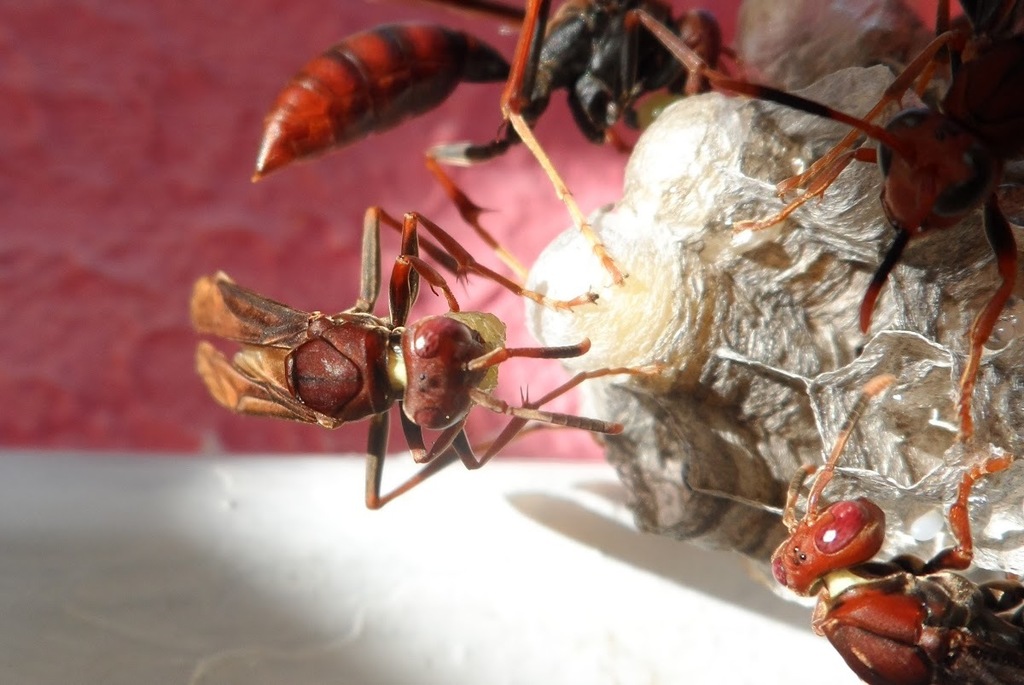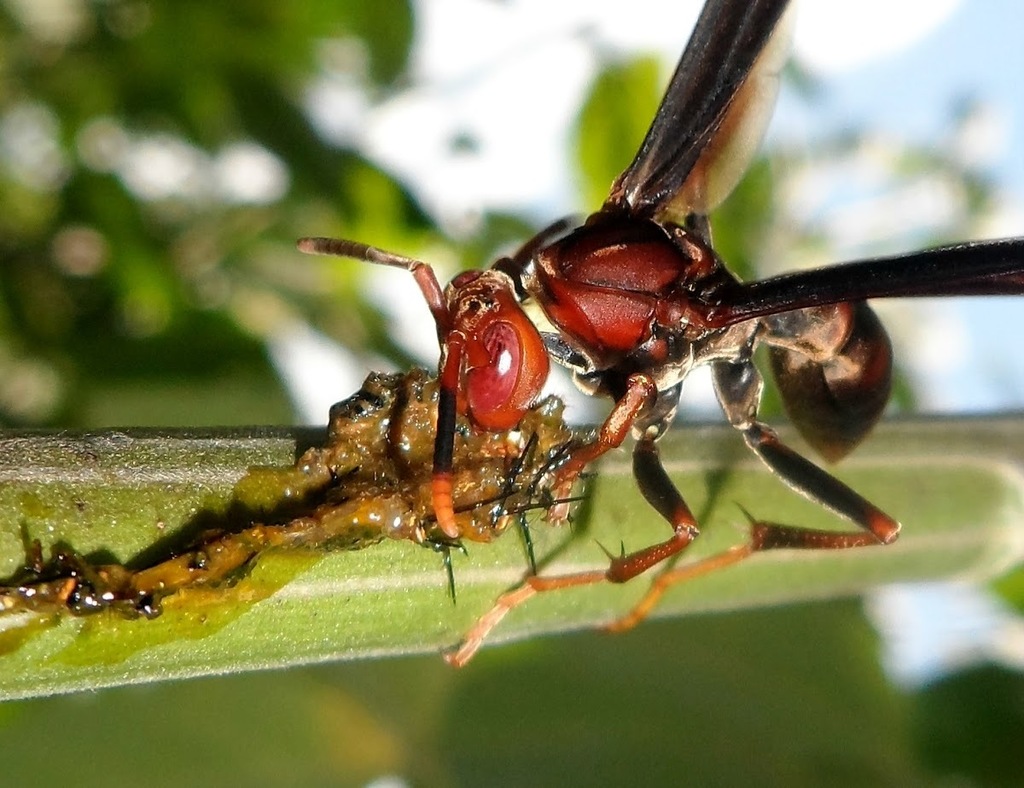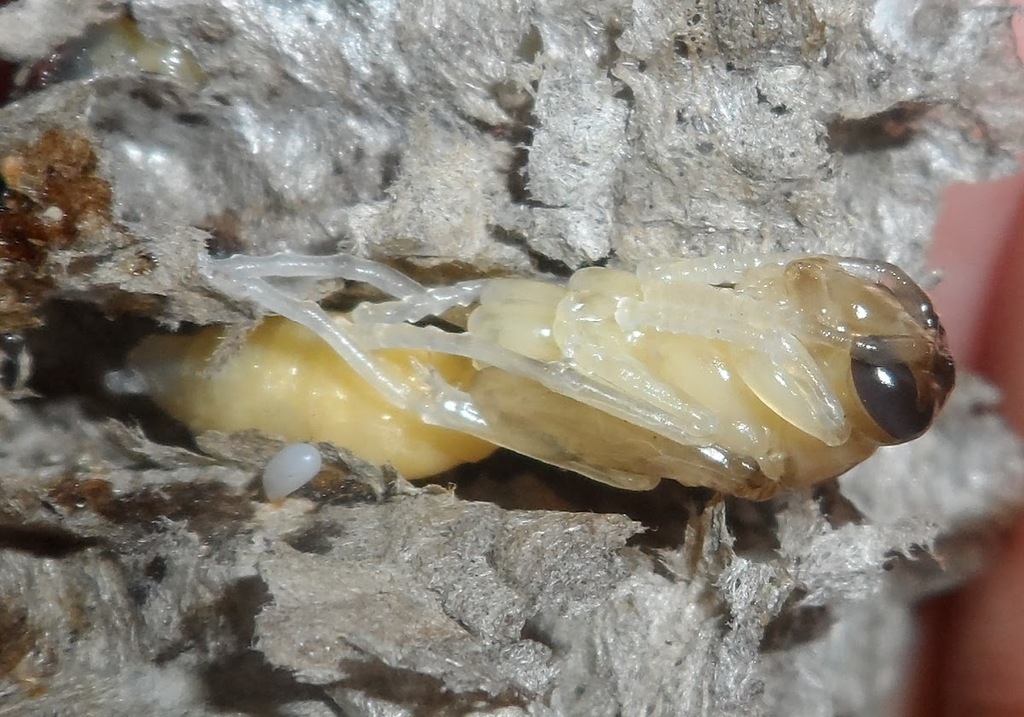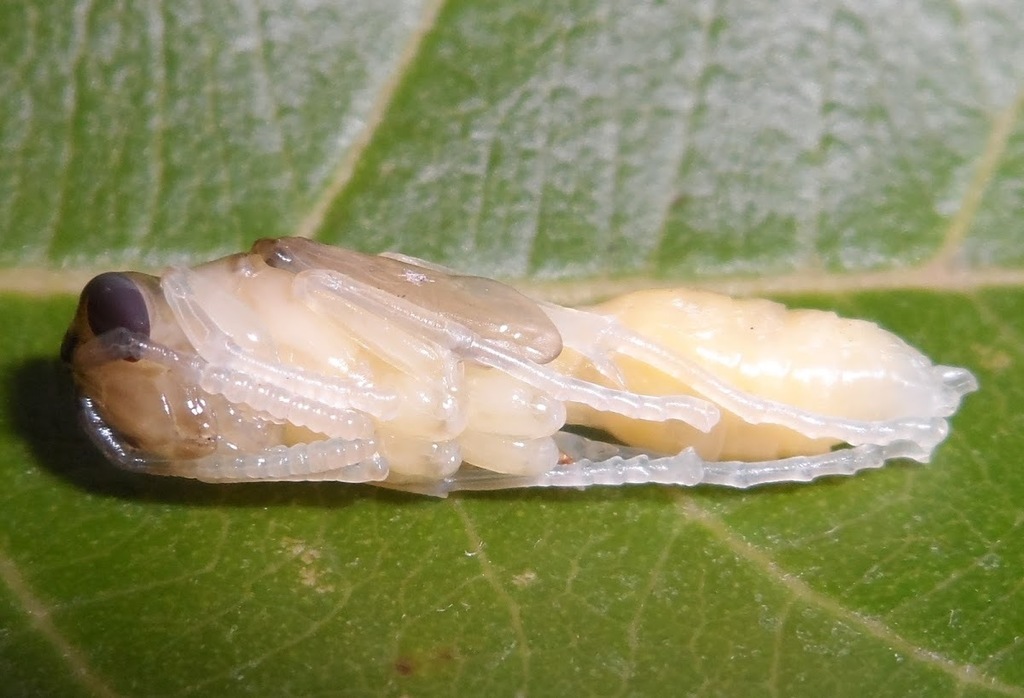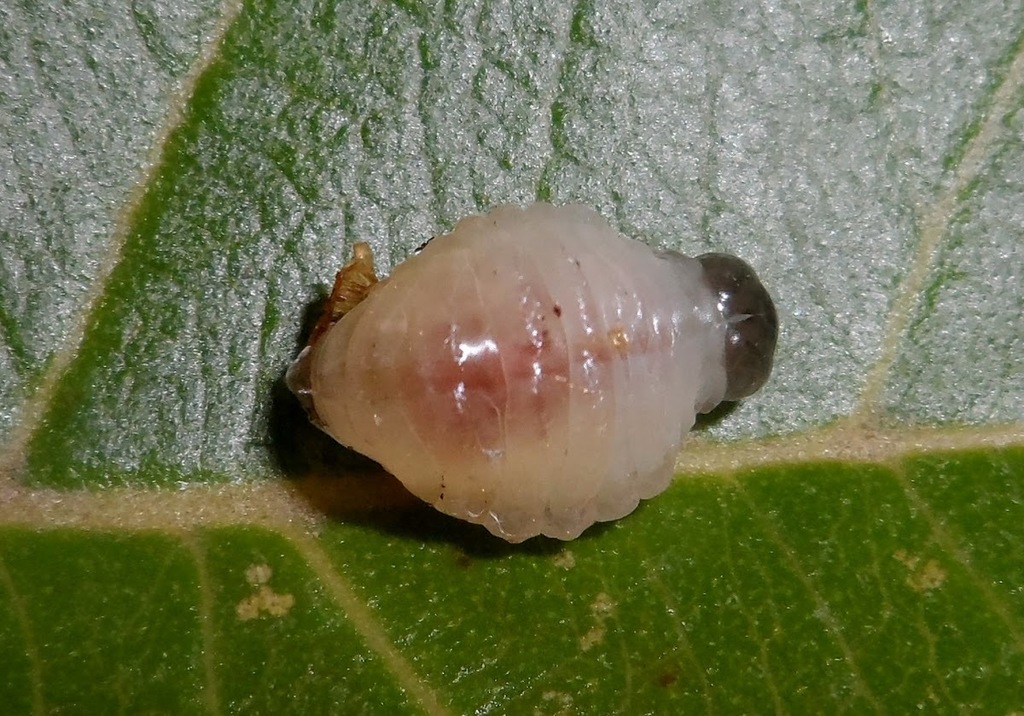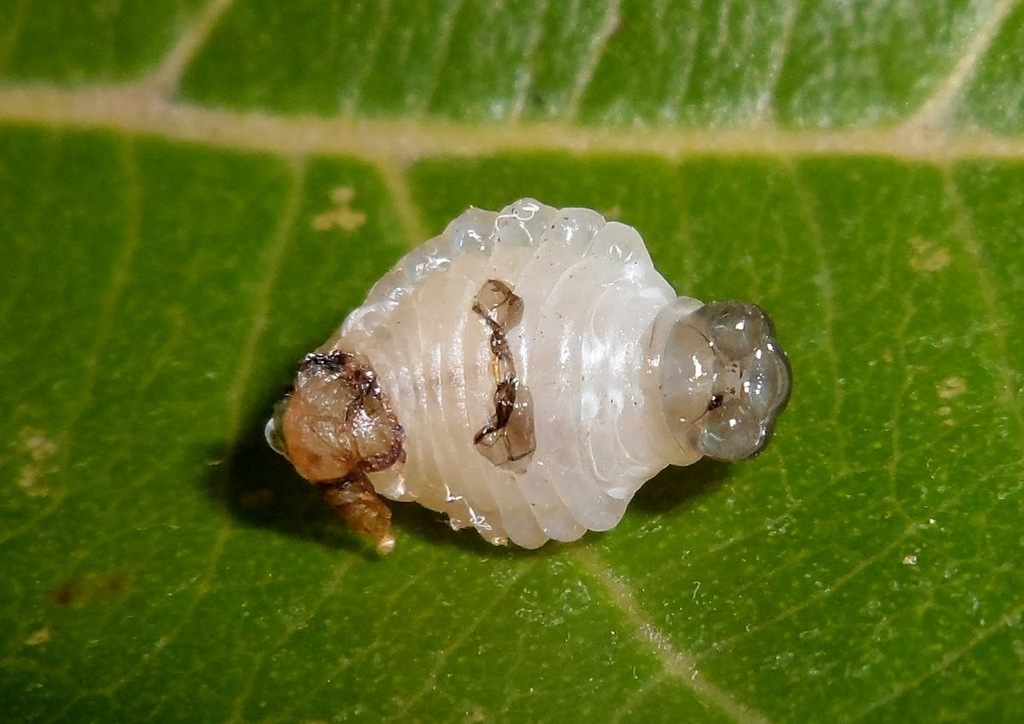Me enviaram, no Twitter, @mtwe82 , registros de algumas espumas misteriosas encontradas no mamoeiro. Não tinha ideia do que eram as espumas. Investiguei todas as possibilidades, inclusive se poderiam ser ovos espumados de anfíbios ou ninfas de Cercopidae. A pessoa que me enviou as fotos das espumas me mandou outra foto depois, mostrando que as espumas tinham endurecido. Tudo parecia muito mais misterioso, a possibilidade de um anfíbio ou Cercopidae estava descartadas.


Mais tarde, as mesma pessoa, @MtWe82, me enviou imagens de uma vespa parasitando a espuma. Fiquei super intrigada. Pesquisei e descobri que a vespa era Dirhinus, que são parasitoides de moscas. Esse seria um ponto muito importante nesse mistério, a espuma branca seria de alguma mosca. Fiz várias pesquisas, sem sucesso, nenhuma mosca parecia ser capaz de fazer tal espuma, como um casulo para a proteção de sua pupa. Enviei as imagens para várias pessoas, incluindo um grupo no Facebook sobre Hymenoptera, mas ninguém foi capaz de dizer nada relevante que levasse a uma identificação mais precisa.


Mais tarde, em um grupo de entomologia do Facebook, um membro chamado Edgar Dias Ferreira postou algumas espumas que encontrou em sua casa, em um mamoeiro. Imediatamente identifiquei as espumas como sendo idênticas às que eu estava investigando. Contatei Edgar Dias Ferreira imediatamente e pedi mais informações e ajudei-o a coletar duas daquelas espumas, sem danificá-las e colocá-las em local apropriado para ver o que sairia delas. Enquanto isso, a pessoa que me marcou nas espumas no Twiiter também coletou uma das espumas misteriosas e a colocou em recipiente.




De ambas as espumas da pessoa no Twitter e de Edgar do grupo de entomologia do Facebook, surgiram moscas aparentemente da mesma espécie. O mistério foi então resolvido, ou parte dele. As espumas são feitas por larvas de moscas da família Syrphidae, provavelmente larvas alimentadas de tecidos de mamoeiro. A outra parte de tudo permanece desconhecida. Seriam moscas do gênero Nausigaste? Como vivem as larvas e como produzem essa espuma? A espuma é um casulo para proteger as pupas da mosca?



Translation
Sent me on Twitter (@ mtwe82), records of some mysterious foams found in papaya tree. I had no idea what the foams were. I investigated all the possibilities, including if they could be foamed eggs of amphibians or Cercopidae nymphs. The person who sent me the photos of the foams sent me another photo later, showing that the foams had hardened. Everything seemed much more mysterious, the possibility of an amphibian or Cercopidae was ruled out.
Later, the same person, @ MtWe82, sent me images of a wasp parasitizing the foam. I was super intrigued. I researched and discovered that the wasp was Dirhinus, which are fly parasitoids. That would be a very important point in this mystery, the white foam would be from some fly. I did several researches, without success, no flies seemed to be able to make such foam, like a cocoon for the protection of its pupa. I sent the images to several people, including a Facebook group about Hymenoptera, but no one was able to say anything relevant that would lead to more accurate identification.
Later, in a Facebook entomology group, a member named Edgar Dias Ferreira posted some foams he found at his home, in a papaya tree. I immediately identified the foams as being identical to the ones I was investigating. I contacted Edgar Dias Ferreira immediately and asked for more information and helped him to collect two of those foams, without damaging them and placing them in an appropriate place to see what would come out of them. Meanwhile, the person who marked me in the foams on Twiiter also collected one of the mysterious foams and placed it in a container.
From both the foams of the person on Twitter and Edgar from the Facebook entomology group, flies appeared to be of the same species. The mystery was then solved, or part of it. The foams are made by larvae of flies of the Syrphidae family, probably larvae fed on papaya tissues. The other part of everything remains unknown. Were they flies of the genus Nausigaste? How do the larvae live and how do they produce this foam? The foam is a cocoon to protect the pupae from the fly?



You can see the photos in higher resolution here: https://kel-silva.imgbb.com/

























